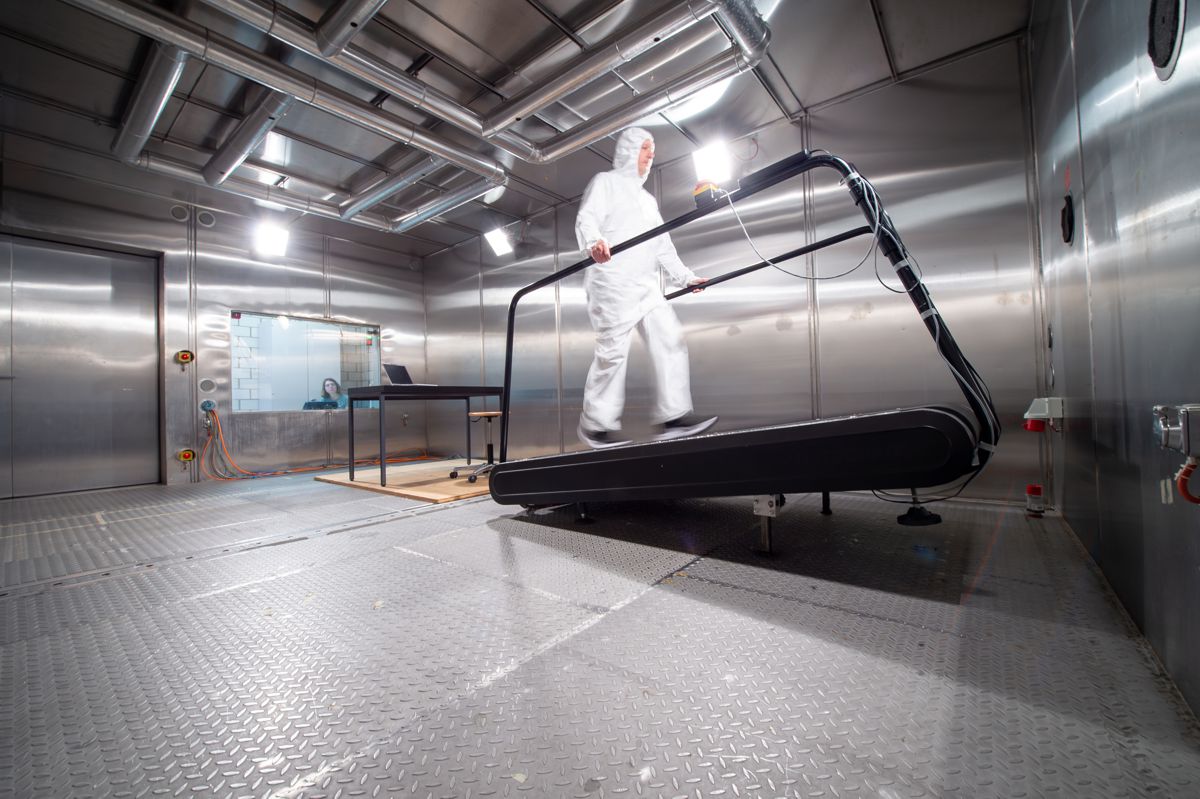Solid Oxide Fuel Cell breakthrough for Clean Energy
The world is in a race to find cleaner, more efficient energy solutions, and one promising contender has emerged from the latest research into Solid Oxide Fuel Cells (SOFCs).
A team from the Chinese Academy of Sciences has developed a revolutionary model that could change the landscape of power generation by harnessing the potential of ethanol as a fuel source within these fuel cells.
Their study, published in Emergency Management Science and Technology, offers critical insights into this game-changing technology.
Fuel Cells in Focus
Fuel cells have long been a cornerstone in the search for alternative energy sources. Of these, SOFCs hold a unique position due to their flexibility in fuel use, high efficiency, and ability to operate at elevated temperatures without the need for precious or corrosive materials. SOFCs stand apart by converting chemical energy directly into electrical energy, a process far more efficient than traditional combustion methods. With efficiency rates exceeding 60%, SOFCs outperform even the most advanced combustion engines, offering significant benefits for both distributed energy systems and large-scale power plants.
What makes SOFCs particularly attractive is their ability to work with a wide range of fuels, including hydrocarbons like natural gas and even biofuels like ethanol. These cells operate at high temperatures, typically between 600°C and 1,000°C, using oxygen ions to oxidise the fuel, which leads to the direct generation of electricity. However, the real breakthrough comes with the use of direct internal reforming of ethanol, a technology that simplifies the system and enhances performance in comparison to traditional methods where fuels are reformed outside the cell.
Direct Internal Reforming of Ethanol
The research team has introduced a cutting-edge model for SOFCs that directly reform ethanol within the cell itself. This internal reforming process offers significant advantages, streamlining the fuel conversion process and boosting overall efficiency. Ethanol, a renewable and widely available fuel, becomes an ideal candidate for use in this new generation of SOFCs.
Direct internal reforming SOFCs (DIR-SOFCs) have been recognised as a promising technology, offering a simplified system that integrates fuel reformation and electricity generation in one compact unit. By allowing ethanol to break down directly within the cell, rather than in an external reactor, DIR-SOFCs improve performance, reduce system complexity, and lower costs.
This development aligns with the growing demand for more flexible, decentralised energy solutions. Distributed energy systems—where electricity is generated close to where it is consumed—benefit enormously from SOFC technology. These systems are especially valuable in regions with unreliable grid infrastructure or where energy independence is a priority.
Modelling the Reactions
The core of the study lies in the creation of a mathematical model for DIR-SOFCs that has been rigorously validated against experimental data. This model is designed to predict how SOFCs perform under different operating conditions, helping engineers understand how variables such as temperature, current density, and fuel composition affect the cell’s performance.
Researchers used this model to analyse the intricate processes happening inside the cell, such as the hydrogen yield and the distribution of different species within the fuel cell. By examining polarization curves—graphs that show the relationship between current and voltage in a fuel cell—they were able to gain valuable insights into how various factors influence the efficiency and power output of SOFCs.
One of the key findings was that higher operating temperatures (around 800°C) led to better hydrogen yields and improved performance at higher current densities. This increase in efficiency was largely due to a reduction in ohmic resistance, which is the opposition to the flow of electrical current within the cell. At lower temperatures (around 700°C), there was a noticeable drop in overall cell voltage, indicating a decrease in performance.
However, the study also revealed some intriguing chemical dynamics. As ethanol is reformed within the cell, it undergoes a series of complex reactions. Initially, the reformation process produces hydrogen, carbon monoxide (CO), and carbon dioxide (CO₂), all of which are crucial for electricity generation. But as the ethanol is consumed, hydrogen production starts to decline, while water content increases, demonstrating the delicate balance between fuel reformation and electricity generation.
A Step Towards Clean Energy
The direct internal reforming of ethanol in SOFCs isn’t just a technological marvel—it’s a potential catalyst for change in the energy industry. According to Dr Jane Smith, the study’s lead researcher: “SOFCs are at the forefront of next-generation power technologies. Our model provides critical insights into the internal reactions of SOFCs with direct ethanol reforming, paving the way for optimising these systems for practical applications.”
The practical applications of this research are vast. For one, it paves the way for more widespread adoption of SOFCs in distributed energy systems, allowing for cleaner and more efficient power generation in areas that may not have access to large-scale grid infrastructure. Moreover, the use of ethanol as a fuel opens up new possibilities for integrating renewable resources into the energy mix.
Ethanol, which can be produced from various biomass sources, offers a renewable and relatively low-carbon alternative to traditional fossil fuels. When combined with the high efficiency of SOFCs, the potential for reducing carbon emissions is substantial. As energy systems around the world transition towards low-carbon solutions, technologies like DIR-SOFCs could play a critical role in meeting environmental goals.
Overcoming Technical Barriers
While the promise of DIR-SOFCs is undeniable, challenges remain. The high operating temperatures required for these systems pose engineering difficulties, particularly in terms of material durability. Additionally, while ethanol is a more environmentally friendly fuel than many hydrocarbons, ensuring a sustainable and economically viable supply of biofuels is essential for long-term success.
However, the research offers a clear roadmap for overcoming these obstacles. The model developed by the Chinese Academy of Sciences provides a framework for optimising SOFC performance, and further studies could refine this technology to make it even more practical for widespread use.
A Bright Future for SOFCs and Clean Energy
This research represents a significant step forward in the development of SOFC technology. By demonstrating the viability of direct internal reforming of ethanol, the study opens the door to a new era of flexible, efficient, and sustainable power generation. As renewable energy sources become more integrated into global energy systems, innovations like DIR-SOFCs will be crucial in addressing both environmental challenges and energy security concerns.
With continued research and development, SOFCs could become a cornerstone of the energy systems of the future, helping to power everything from homes to industries with clean, efficient electricity. The direct internal reforming of ethanol is just one piece of this puzzle, but it’s a piece that could make all the difference.




















